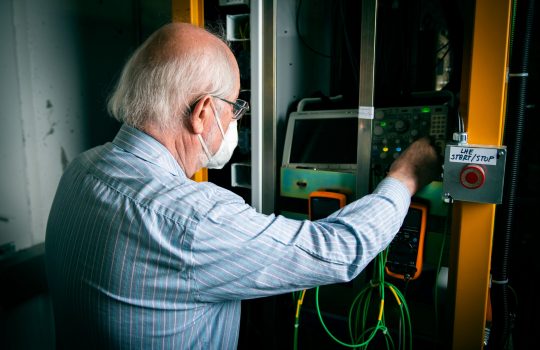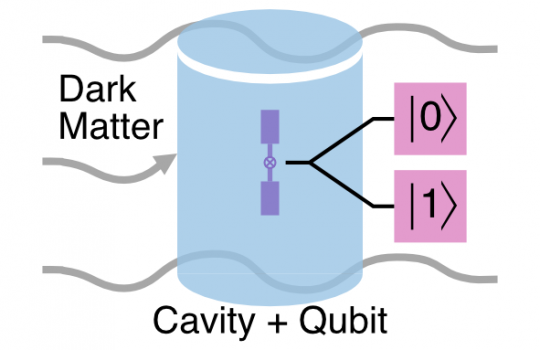Fermilab goes deep to silence noisy radiation affecting qubits
Physics Today, Aug. 2, 2024
Fermilab has twin laboratories that will probe superconducting qubits: QUIET is a new detector 100 meters underground and its counterpart is on the surface called LOUD, which began operations in 2022. The differences between the two detectors’ observations will allow researchers to assess how cosmic radiation affects qubit performance.







